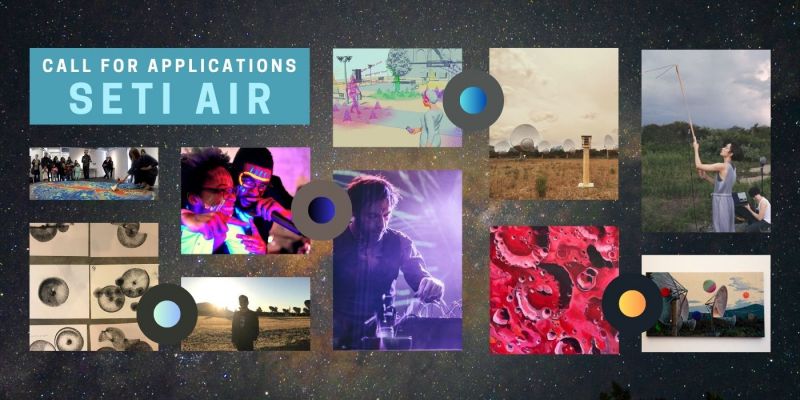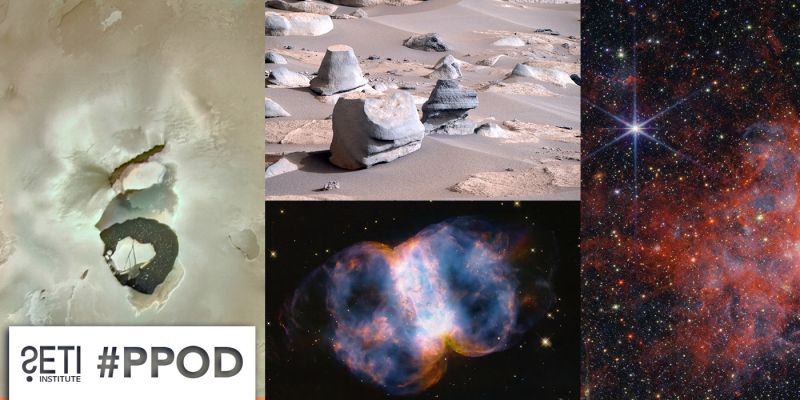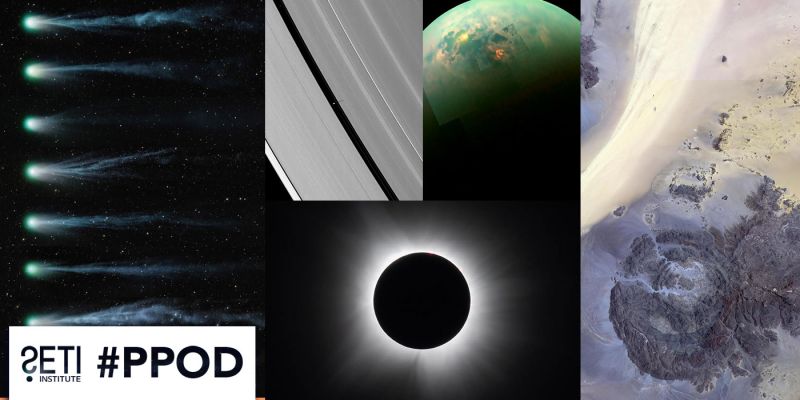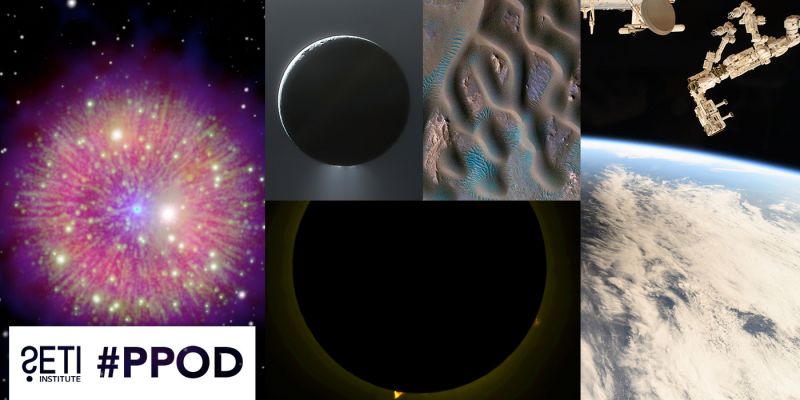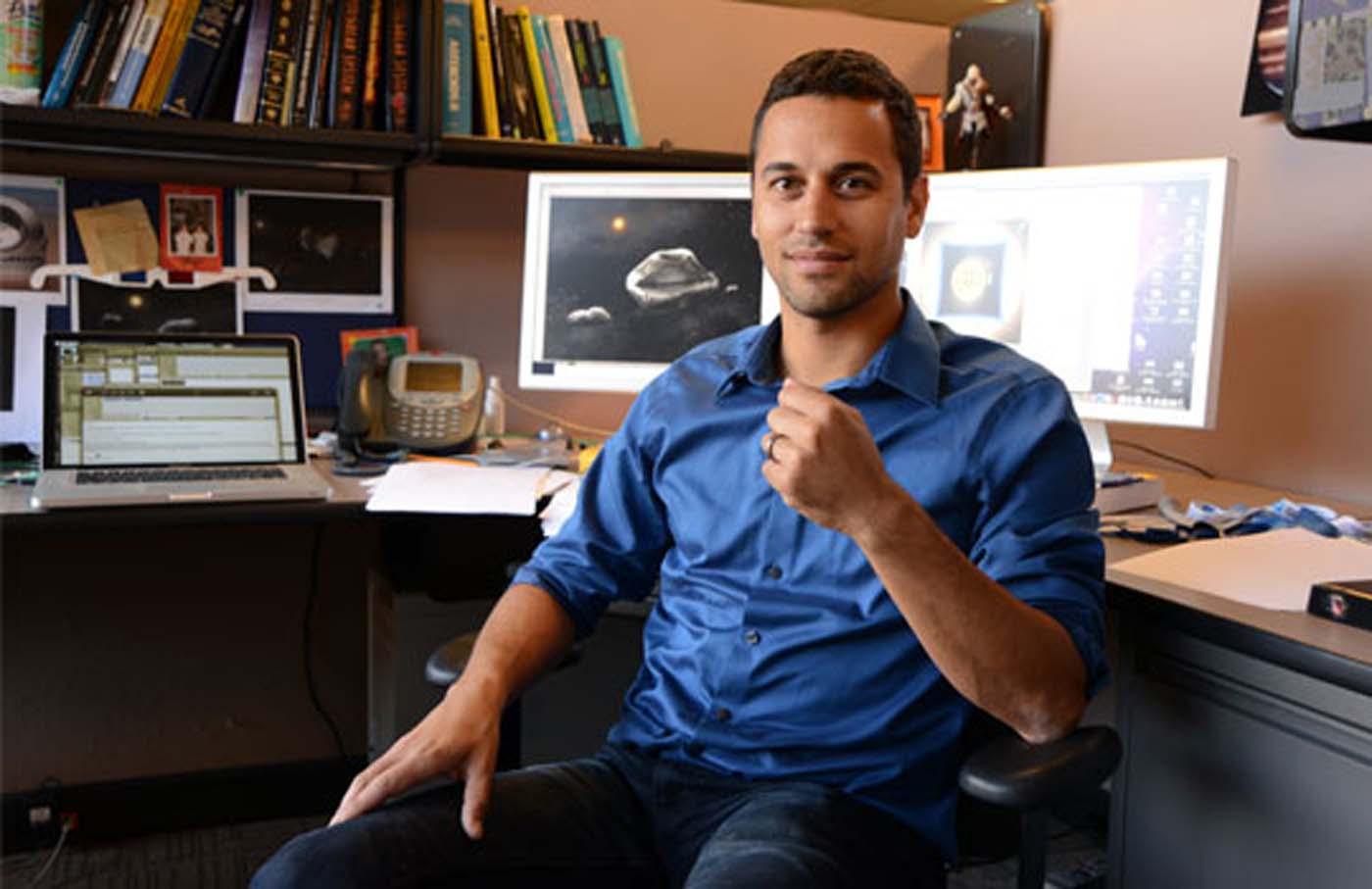
Franck Marchis, Senior Research Scientist at the Carl Sagan Center at the SETI Institute, is involved in the definition of a new generation of AOs for 8 -10 m class telescopes and future Extremely Large Telescopes. He has developed algorithms to process and enhance the quality of images, both astronomical and biological, using fluorescence microscopy. He is currently involved in the development of the Gemini Planet Imager, an extreme AO system for the Gemini South telescope which is capable of imaging and record spectra of exoplanets orbiting around nearby stars.
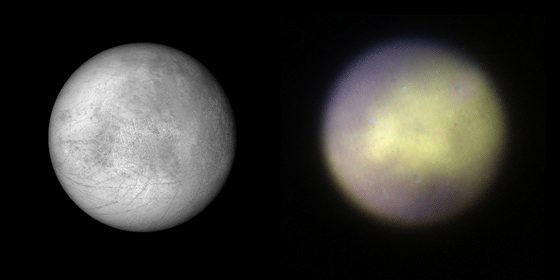
GPI should be able to capture photons coming from distant, young Jupiter-like exoplanets around nearby bright stars. How many of them will be discovered is still unknown, but the NASA Kepler spacecraft survey has told us that exoplanets are numerous in our galaxy.
In addition, several exoplanets have been seen using current and less effective adaptive optics systems, so we are confident of the success of this instrument. The SETI Institute is hosting part of the science team for the three-year search campaign that will begin in 2014 with the goal of observing 600 young and bright stars in the southern sky. The development of similar projects on other telescopes testifies to the dynamic nature of this new field. An instrument called SPHERE is about to be shipped to the Very Large Telescope, also located in Chile, and the SCExAO system is currently being tested at the Subaru Japanese telescope in Hawaii.
"In two decades, thanks to sophisticated instruments like GPI, stargazers will no longer see stars as simple twinkling specks of light, but also as worlds surrounded by planets. Perhaps we will have collected enough data on these planetary systems to find out if one of them could potentially host life, and eventually be the home of a technological civilization."

